Shohin bonsai, at Kokufu-ten, are saved for the last room. Each half of this year’s exhibit featured five displays with five or six trees each, followed by a handful of kifu-sized bonsai. Although many visitors have had it by the time they make it to the shohin room – not everyone is used to seeing 200+ bonsai in a single day – just about everyone lights up at the sight of the small-sized trees.

Visitors in the shohin room at Kokufu #88
The trees in these displays are exquisite.
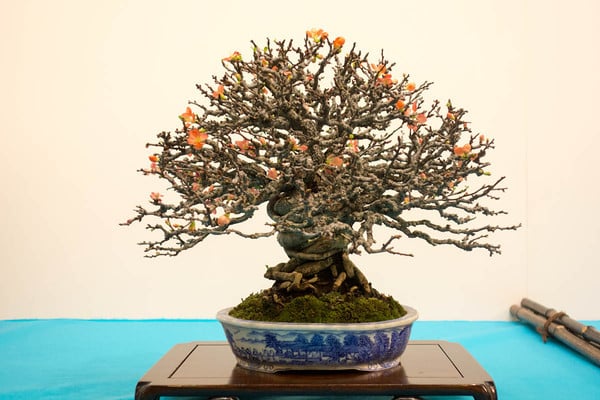
Japanese Flowering quince ‘Chojubai’
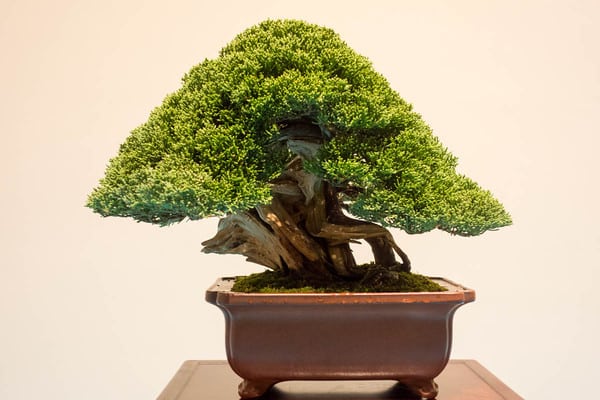
Chinese juniper
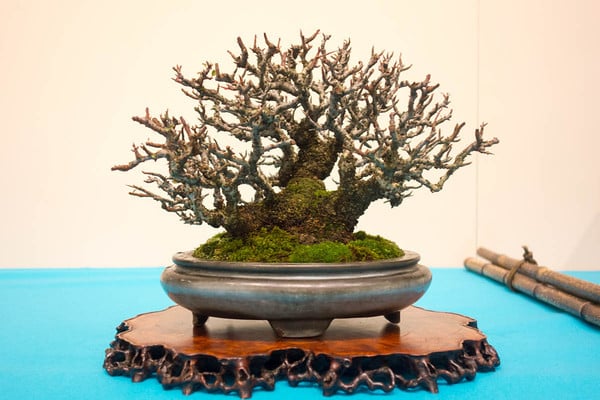
Japanese Flowering quince ‘Chojubai’
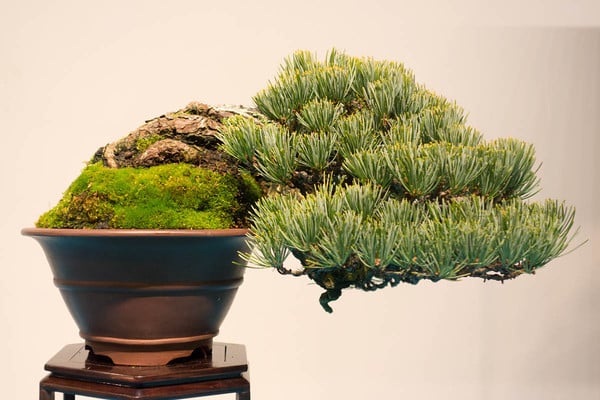
Japanese white pine
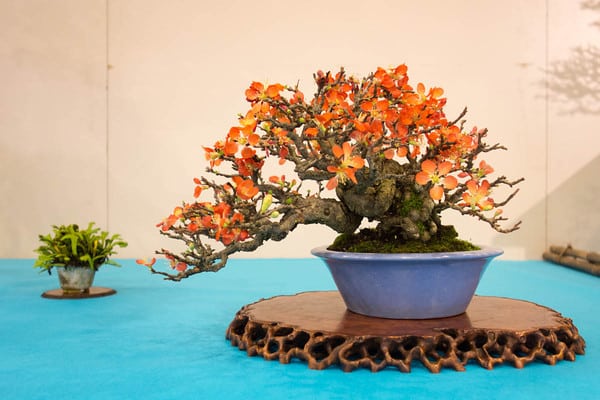
Japanese Flowering quince ‘Chojubai’
Equally impressive is the arrangement of trees in each display.
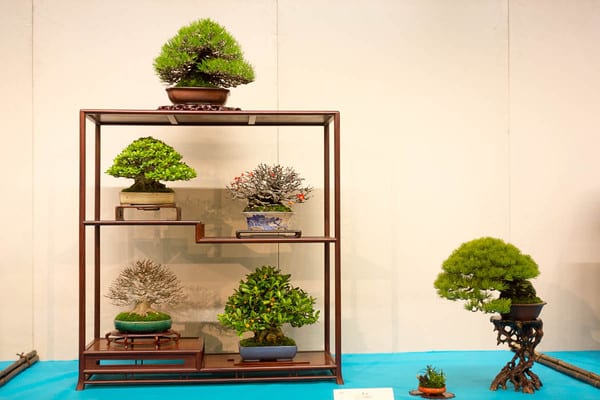
Shohin display
A surprising number of conventions guide the arrangement of shohin bonsai at Kokufu, and an equal number of exceptions to these conventions keep the displays interesting.
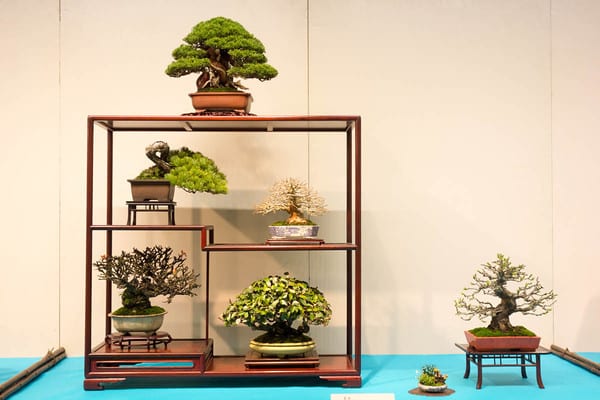
Shohin display
Japanese black pines, for instance, are usually situated atop the box stands, though sometimes we see Junipers in this spot. Deciduous trees are typically paired with conifers or broadleaf evergreens, and to the side of the box stand we’ll see a tree atop a stand that’s typically taller than it is wide.
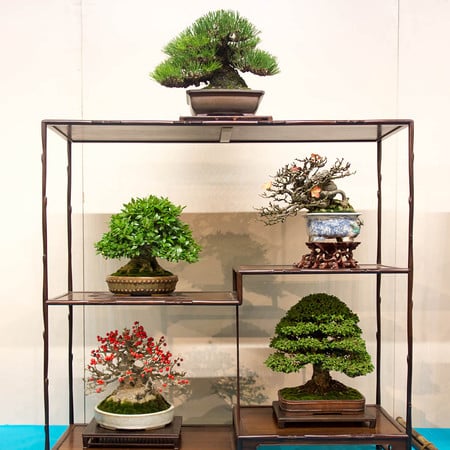
Shohin display
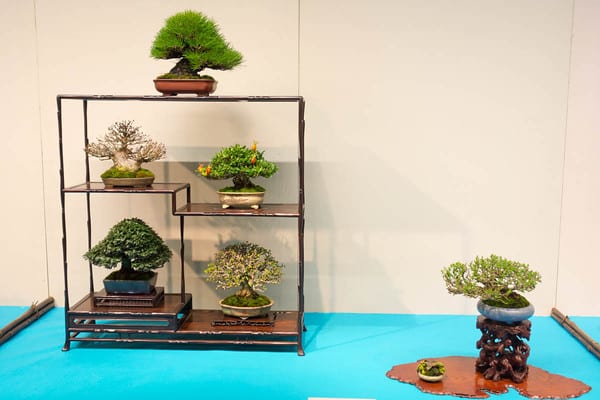
Shohin display – black pine on top, good contrast between deciduous and non-deciduous varieties below
And every once in a while we’ll see box stands that feature fewer than five trees. The four-tree box below makes for a wonderful composition.
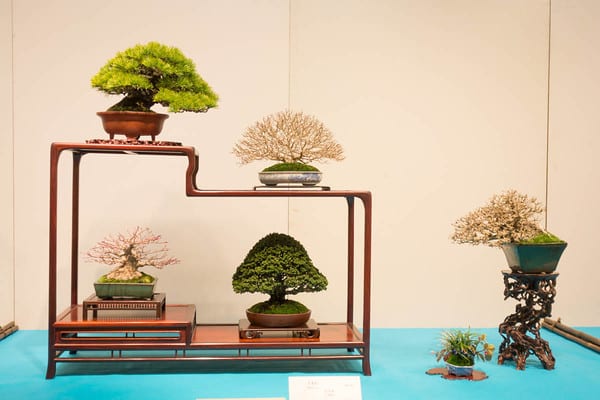
Shohin display – four-tree box
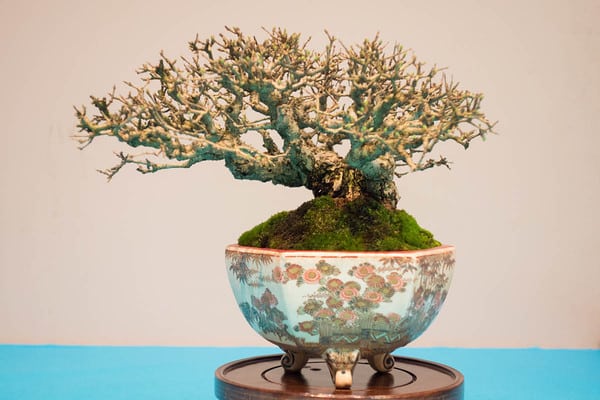
Japanese Flowering quince ‘Chojubai’
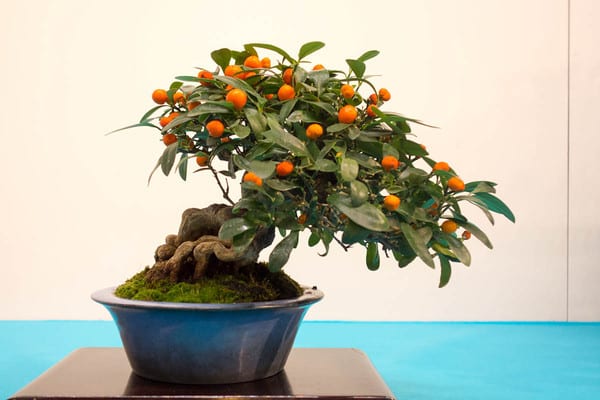
Kinzu
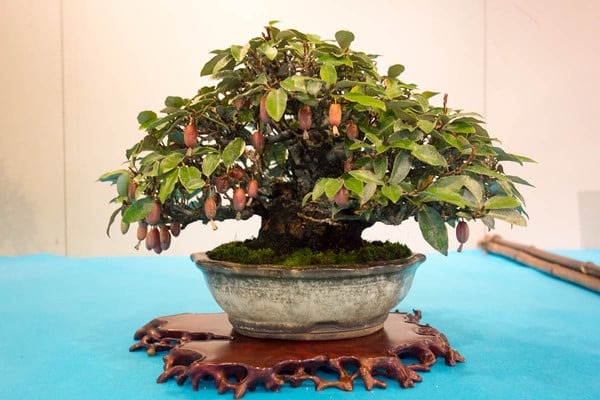
Silverberry
The accents shown with medium and shohin-sized bonsai often provide a surprising amount of interest in a small pot.
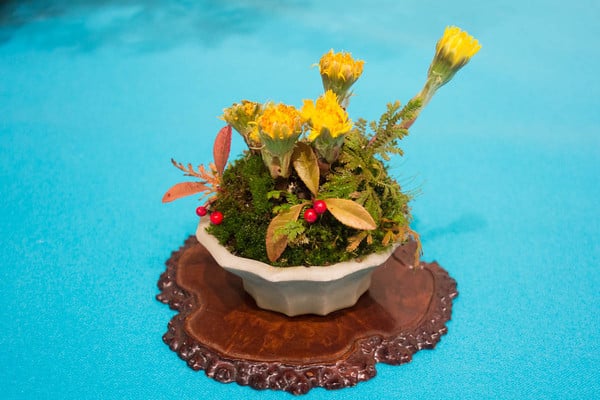
Accent
Other times the accents are simple.
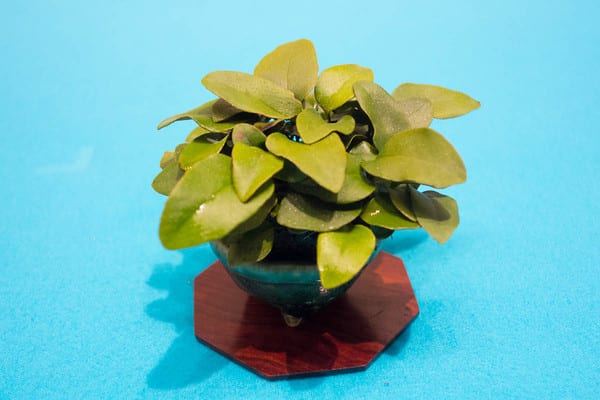
Accent – fern
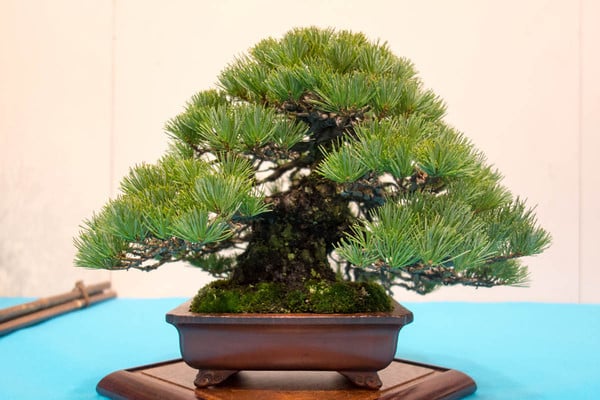
Japanese white pine
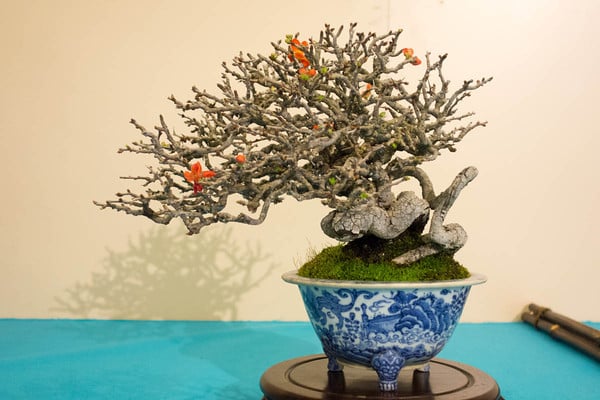
Japanese Flowering quince ‘Chojubai’
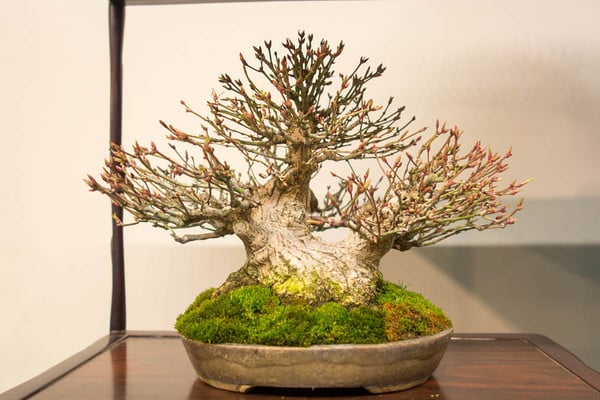
Japanese maple
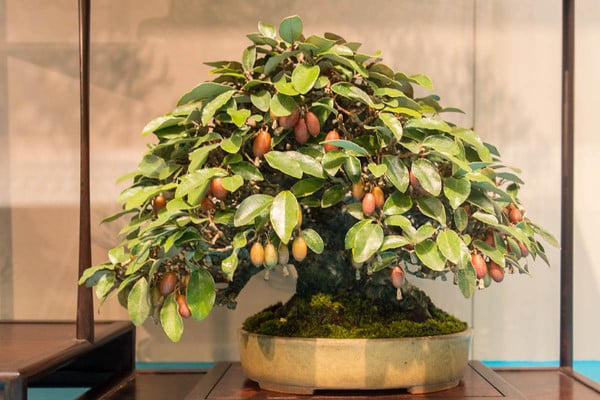
Silverberry
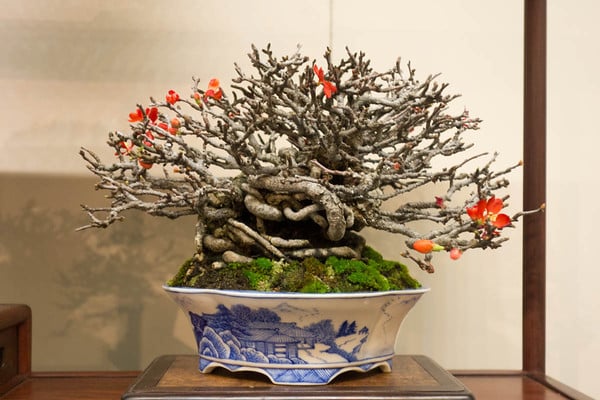
Japanese Flowering quince ‘Chojubai’
And finally, here are some of the box-top pines. With the exception of the tree below, the pots are very similar in style and color. The branches, however, have been developed by quite different means.
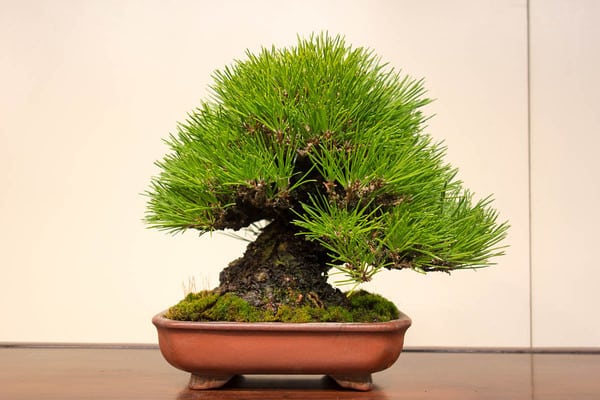
Shohin Japanese black pine
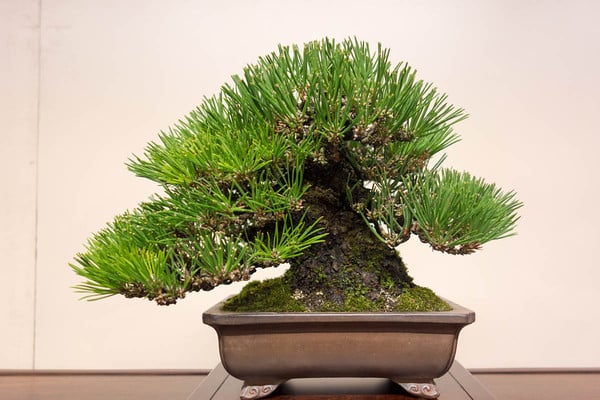
Shohin Japanese black pine
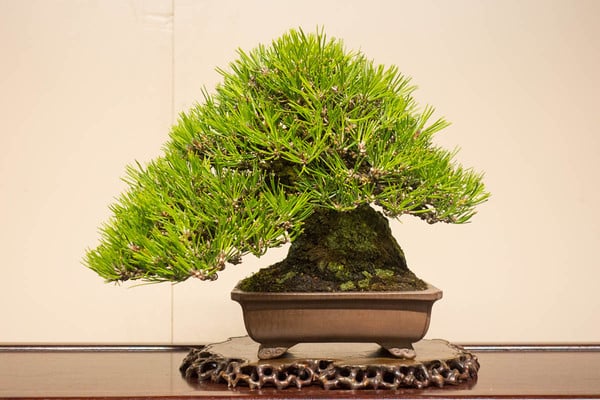
Shohin Japanese black pine
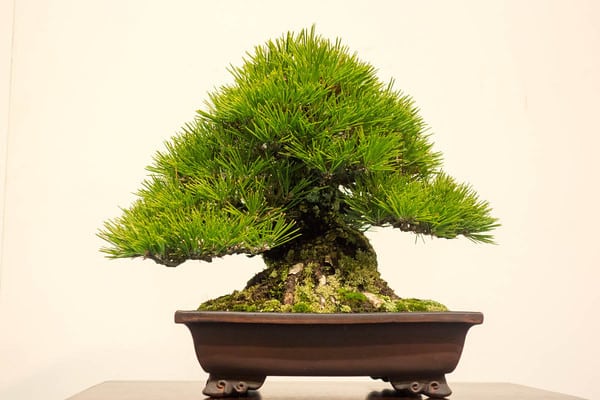
Shohin Japanese black pine
A final pass through Kokufu coming this Friday.
Subscribe to Bonsai Tonight
New Posts Delivered Every Tuesday and Friday
leenamagena says
Maysing, me like <3
christopherpedneault says
Do you have a better resolution picture of the third shohin display? (The one with the ilex serrata at the bottom). I can’t figure out what species the bottom right tree is, but it is superb!!
Jonas Dupuich says
Hi Christopher – the sign says 石化檜 which I think refers to sekka hinoki (Chamaecyparis obtusa ‘Sekka’?). The best reference I found for the variety is this video from Bjorn and Owen: http://bjorvalabonsaistudio.com/2011/08/17/episode-9/
christopherpedneault says
Wow! That answers it all! Thank you Jonas